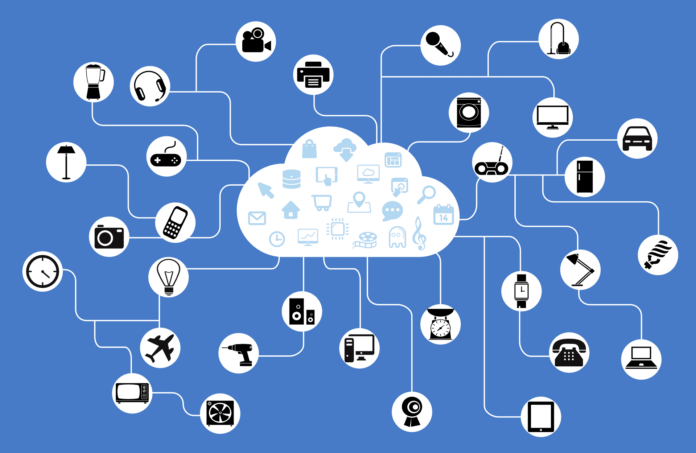Here are five smart home M2M trends that will impact growth in the smart home M2M market in APAC through 2020.
The smart home M2M market in the Asia Pacific region (APAC) is set for a fast-paced growth. Analysts firm Technavio forecasts that this market will grow at a CAGR of around 41 percent between 2016 and 2020. In comparison, the smart home M2M market in Western Europe is forecast to grow at a CAGR of 47.11 percent over the period 2015-2019. During the same period, the US smart home M2M market is forecast to grow at a CAGR of 38.02 percent. “The demand for enhanced security and safety in homes has been increasing rapidly. Smart homes enable interactive security systems that increase the level of protection expected by consumers. Smart homes incorporate automatic systems, which include motion and window sensors, thermostats, lights, and door lock controls,” said Rakesh Panda, one of Technavio’s lead industry analyst for M2M connected devices.
The analyst firm has identified five trends that will impact the smart home M2M market in APAC through 2020.
- Adoption of cloud-based technologies
An area which has seen significant growth is the increasing adoption by residential users of cloud-based security systems. The benefits of such systems include cost of ownership, reduced complexity and greater interoperability.
- Growing use of wearable devices
Use cases include the use of wearables in hospitals to monitor patients and doctors and in connected homes.
- Partnerships among vendors
Vendors are increasingly seeking partnerships to develop smart home ecosystems, they are also investing heavily in smart home start-ups. Examples of collaborations include China Unicom’s partnership with Zeewave on the first smart home automation IoT service in China.
- Emergence of IoT
There has been an increase in people using mobile devices for remote monitoring. Furthermore, the Chinese government itself has plans to invest more than USD 600 billion in IoT projects by 2020.
- Increase in development of smart cities
Governments’ smart city initiatives abound in APAC, including India’s plan to invest some USD 1.15 billion in such projects.
We can expect these trends to also affect growth in the US and Western European smart home M2M markets.
IIoT News Recap: the top ten deterrents to IIoT implementation, EMC bets on Indian smart city market and Slovakia gets third IoT network
The top ten deterrents to IIoT manufacturing adoption
The industrial IoT (IIoT) may well be moving beyond hype, there remain deterrents, real or perceived, to its widespread adoption, a new survey by IoT Institute found.

The high cost of implementation together with inadequate infrastructure and data privacy top the list of concerns when it comes to leveraging IIoT, with more than one in three respondents saying it is a deterrent. The lack of standards, interoperabilty/legacy systems and uncertainties about the benefits that IIoT can deliver are at the bottom of the list, with one in five respondents saying these were concerns.
After Dell, EMC takes on India’s smart city market
As Industrial IoT 5G Insights reported last week, Dell has launched a smart city partner ecosystem in India and announced its first 12 partners. EMC, which is in the process of merging with Dell, has now announced a series of smart city projects in India, whereby EMC will be offering their services to the central and state governments, Indian Express reported. The new division set up by EMC will be offering services for gathering data from health services, traffic, police, power infrastructure, municipalities, weather division, transport and government services. With 5,000 employees in India, EMC is in a good position to compete on a market prioritized by the Indian government and local authorities.
Australia’s Ipswich City Council selects Accenture for smart city transformation
Ipswitch City Council’s smart city transformation strategy and implementation plan aims to ”optimise city operations, enhance community engagement, cultivate digital technology capabilities and lead economic innovation.” The move follows the launch of a community digital innovation hub last month.
Slovakia to get new LoRa based IoT network
Slovak operator Antik Telecom has announced it plans to build a national network for the Internt of Things (IoT) within the next eighteen months, Telecom Paper reported. The network, based on the LoRa standard, will run in the non-licensed band 868 MHz. In addition to wide-area networks, Antik Telecom plans to use customers’ own devices for local coverage. Anti Telecom is the third operator to build an IoT network in the country, joining Slovanet and Sigfox in the race for IoT connectivity.
Gemalto showcases VoLTE Cat.1 module
Gemalto will be demonstrating its world-first Centurion Voice over LTE (VoLTE) Category1 (Cat.1) module at an IoT World pre-event. The module enables the combination of simultaneous voice and data capabilities using LTE. “With the sunset of 2G and 3G networks on the horizon, the industry is quickly transitioning to LTE to ensure longevity of IoT technology investments,” said Axel Hansmann, vice president Portfolio and Strategy for M2M at Gemalto. “VoLTE is thus expected to become the standard of choice for enabling power efficient IoT voice capabilities.”

